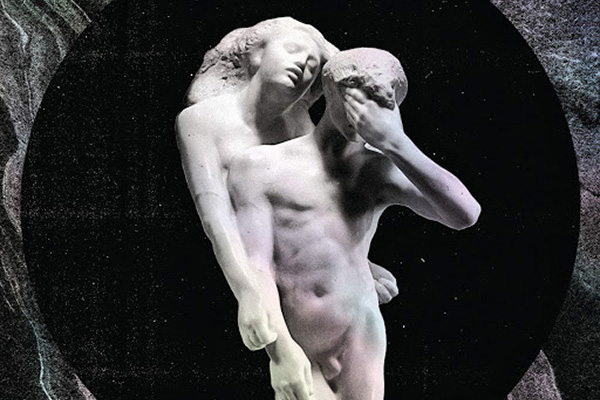
For the past few months, strange geometric-like graffiti images bearing the word “Reflektor” have been popping up in cities all over the world, including New York. The meaning behind the images became clear when Arcade Fire confirmed the upcoming release of their new album “Reflektor.” During the marketing stunt, they even assumed the guise of a band called “The Reflektors.”
Arcade Fire’s unique, worldwide announcement of their return paved the way for a record that explores different sounds but stays lyrically true to the band’s roots.
The title track kicks off the 75-minute double album with a pulsating boom of disco — a far cry from Arcade Fire’s earlier, more folk-inspired sound. But this opening song, complete with traces of Caribbean influences, alludes to the synth-filled track “Sprawl II (Mountains Beyond Mountains),” off their previous record, 2010’s “The Suburbs.” With production by James Murphy of LCD Soundsystem, who also produced 11 other tracks on “Reflektor,” and backing vocals by David Bowie, the titular song prepares the listener for the energy that flows through the rest of the album.
Following the first song, the tracklist offers insightful, existential questions about life and death, alongside shimmering synths, vibrating bass lines and pummeling beats. On “Here Comes the Night Time,” a groovy, reggae-tinged jam, frontman Win Butler asks, “if there’s no music up in heaven, then what’s it for?” In the airy “Afterlife,” Butler contemplates the inevitability of death and what succeeds it, if anything.
On “Normal Person,” Butler wonders, “Is anything as strange as a normal person?” He continues by turning the questioning on himself with, “I’m so confused, am I a normal person?” The repetition of the word “normal” and what it implicates should be enough to make listeners ask themselves these questions, and potentially come to the same conclusion as the band — being normal is overrated.
The band has explored these types of introspective and dark lyrics before on previous albums, especially their debut, “Funeral.” But the style of “Reflektor” marks a different musical direction, one Butler said was inspired by his wife and bandmate Régine Chassagne. Butler said he wanted to make an album that “[Chassagne] could dance to.”
The majority of the songs on “Reflektor” are at least six minutes long, so discerning James Murphy’s influence on the record is easy. Furthermore, the addition of two Haitian percussionists, Willinson Duprate and Verrieux Zile, to the Arcade Fire lineup seems to drive the aforementioned foray into reggaeton and Caribbean-inspired music.
Fans of LCD Soundsystem and reggaeton will enjoy these aspects of “Reflektor.” However, those who prefer Arcade Fire’s sound from the days of “Funeral” and “Neon Bible” may not take to “Reflektor” as readily.
The varying textures and degrees of complexity on “Reflektor” demonstrate Arcade Fire’s ability to create a record that not only appeals to the ears, but also to the mind. While it may lead to some division among fans, innovation and experimentation with new sounds and ideas are the only ways for artists to improve and build their musical muscle. Arcade Fire’s “Reflektor” is certainly an example of such innovation.
A version of this article appeared in the Tuesday, Oct. 29 print edition. Kim Hart is a staff writer. Email her at [email protected].























































































































































